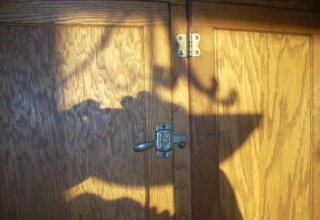
Some trainers and coaches enjoy “ropes” courses, where two or more people are necessary for any one person to complete the course. This forces the people to collaborate and work together to meet their goal, developing an in-group relationship in the process.
Most experienced coaches have encountered clients who have become frightened during the coaching process, or perhaps frustrated, to the point that they have bailed out on additional coaching sessions. Assuming for the moment that at one time they felt a part of the in-group with the coach, the point at which they chose to bail was the moment when they flipped from feeling that the coach was in the in-group to feeling the coach was in the out-group. Often the client becomes so skittish that a second chance to build rapport and redevelop an in-group relationship is not possible. Although we can’t always prevent these circumstances, understanding in-group/out-group dynamics can go a long way in preventing such an occurrence.
Your personal history can play a key role in this in-group bias. As you have experiences in your life, some of these will feel safe and comfortable while others will feel uncomfortable. The new interactions that are familiar and comfortable will bring with them this in-group feeling. As we look around the globe today, we see what appears to be more fractious polarization than ever before. These are instances of hardening or strengthening the in-group and out-group biases.
Calls to Action
- Where have you observed someone feeling part of an in-group today?
- Where have you observed someone feeling part of an out-group today?
- With your clients, how have you balanced building the in-group relationship with challenging them to explore new avenues of thought or action?
Further Reading
- Bennett, J. L., & Bush, M. W. (2014). Coaching for change. New York: Routledge.
- Maslow, A. H. (1943). A theory of human motivation. Psychological Review, 50(4), 370-396.
- Sherif, M., Harvey, O. J., White, B. J., Hood, W. R., & Sherif, C. W. (1961). The Robbers Cave experiment: Intergroup conflict and cooperation. Norman, OK: Institute of Group Relations, University of Oklahoma, reprinted by Wesleyan University Press, 1988.
This article was originally published on the ICF Blog.
Download Article 1K Club


















